“As preparations were made for the Victory Parade in London, a huge military camp grew up in Kensington Gardens, with large numbers of Allied troops bivouacking there. The population of London swelled, with thousands of people coming into the capital on Friday’s overnight trains.
“The rush for places on the processional route was in full swing by six in the morning, and by eight o’clock it was almost impossible to cross Trafalgar Square.
“The crowds continued to pour in looking for vantage points on the route of the parade. The official programme (price 1 penny) sold in hundreds of thousands. Pubs near the main route ran dry very early on and had to close.”

1932: Construction of the U.S.S. Macon Airship
“USS Macon (ZRS-5) was an airship built and operated by the United States Navy for scouting. She served as a ”flying aircraft carrier”, launching Curtiss F9C Sparrowhawk biplane fighters. In service for less than two years, in 1935 Macon was damaged in a storm and lost off California’s Big Sur coast.”
“The RMS Empress of Britain was an ocean liner built between 1928 and 1931 by John Brown shipyard in Scotland and owned by Canadian Pacific Steamship Company, providing trans-Atlantic passenger service between Canada and Europe from 1931 until 1939.
“She was torpedoed on 28 October 1940 by U-32 and sank. She was the largest liner lost during the Second World War and the largest ship sunk by a U-boat.”
“These images were taken in Occupied Paris during WWII by André Zucca for Nazi German propaganda magazine Signal using rare Agfacolor film supplied by the Wehrmacht. Zucca was arrested after the 1944 liberation but never prosecuted. He worked until his death in 1976 under an assumed name”
When exhibited in Paris in 2008, Bertrand Delanoë, Mayor of Paris, ordered a notice to accompany the images stating that the pictures avoid the “reality of occupation and its tragic aspects”
Paris em 1914
Paris em1914

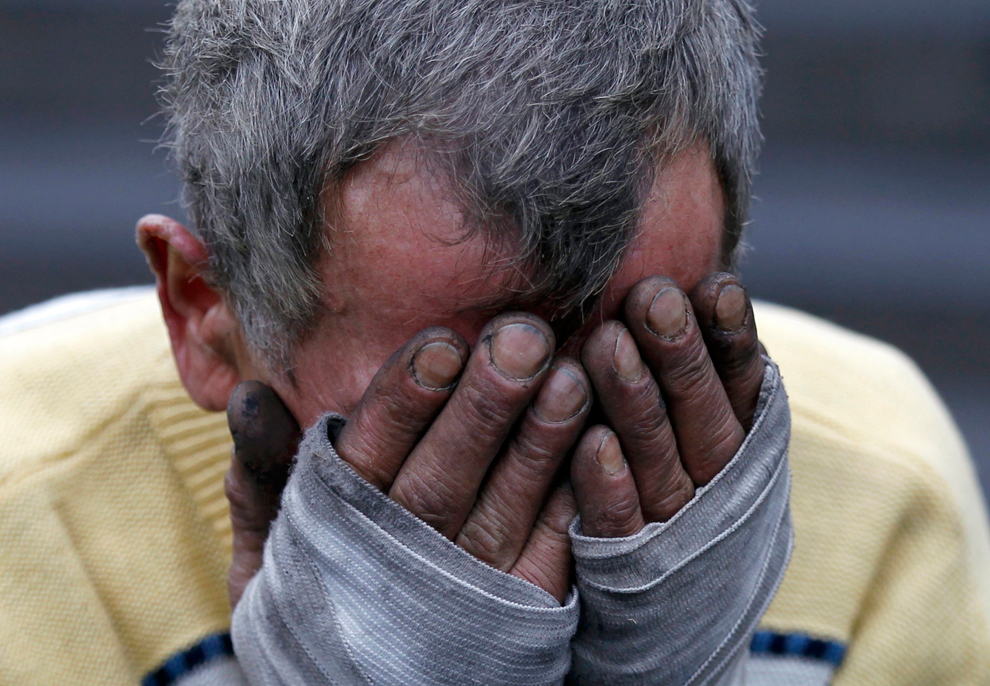


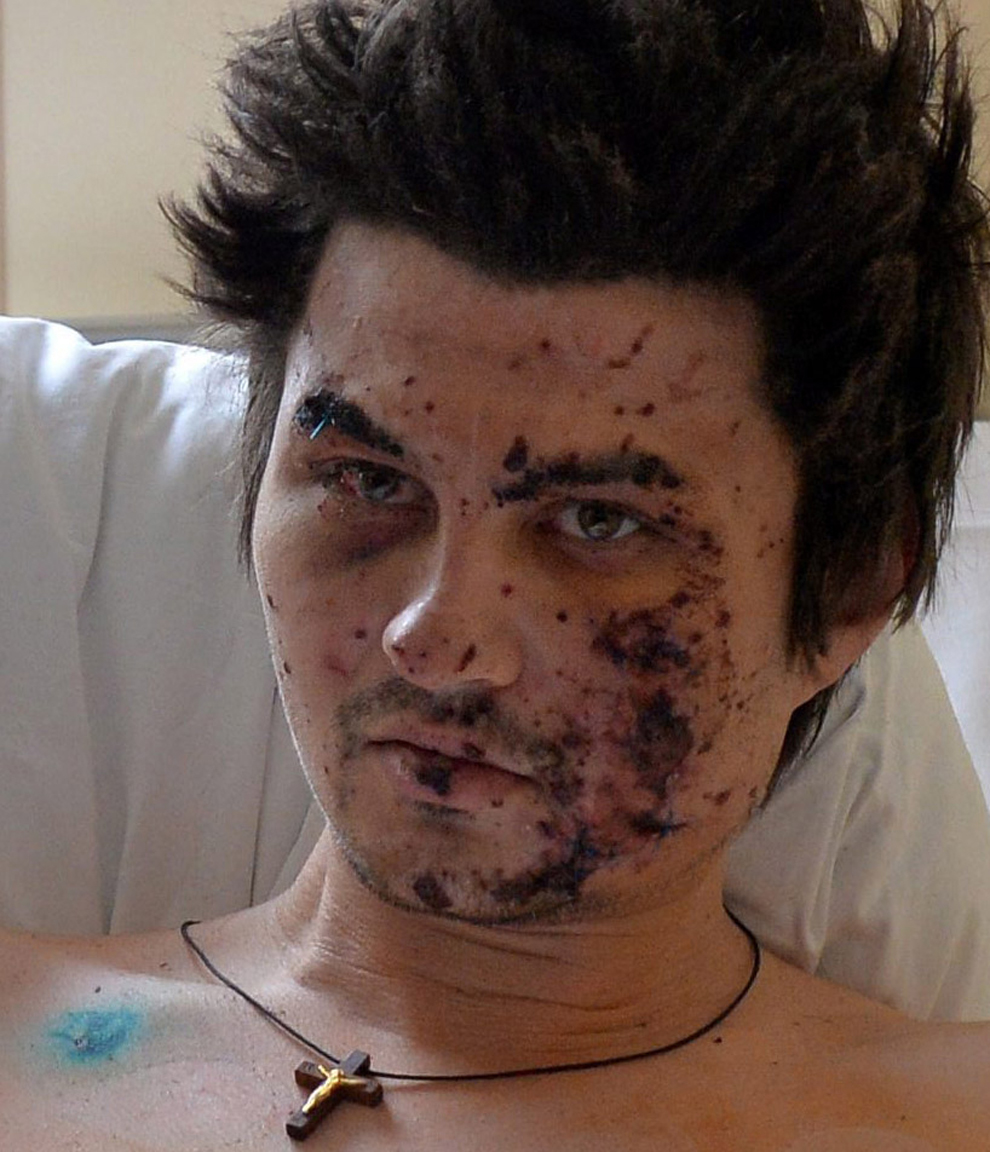
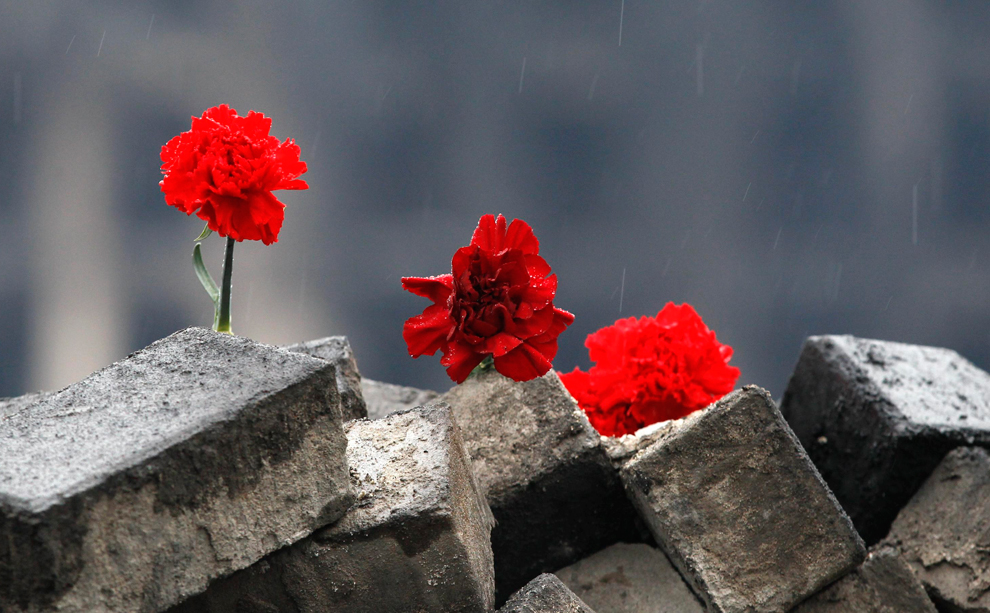

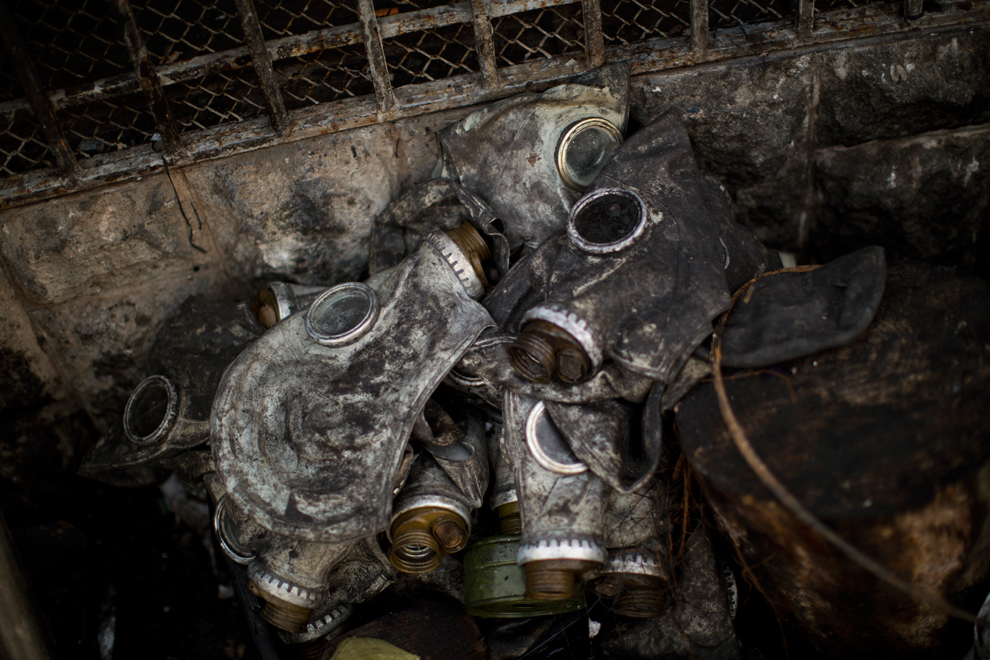
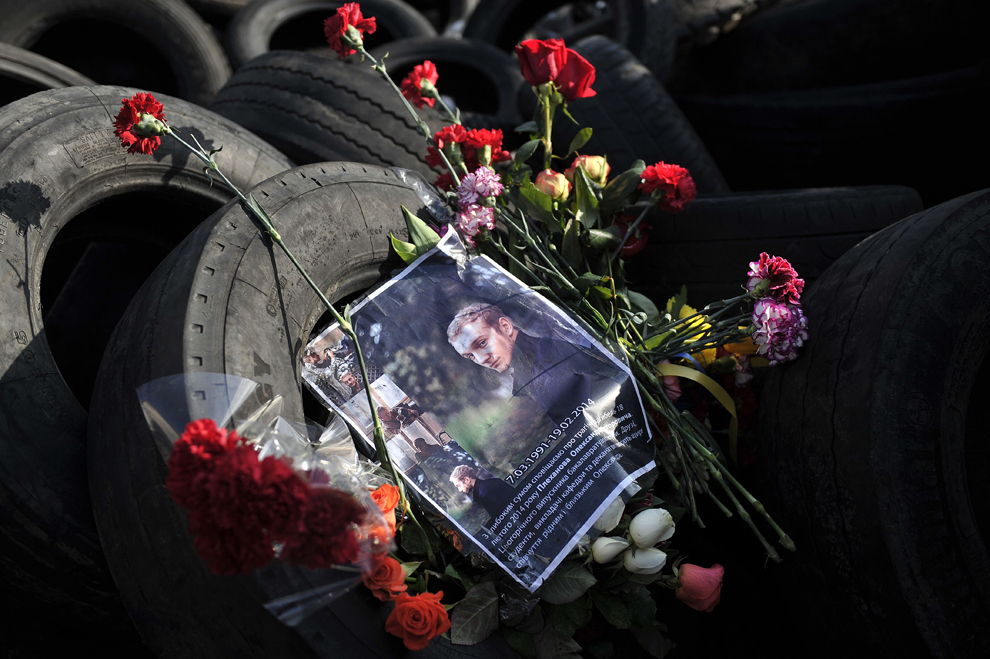
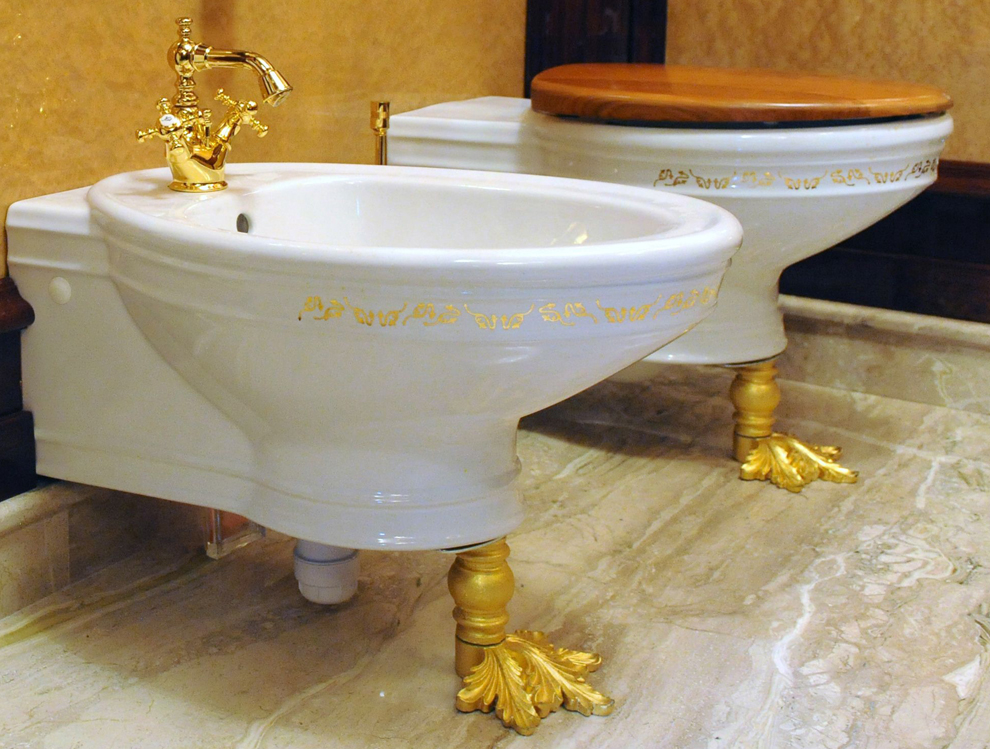
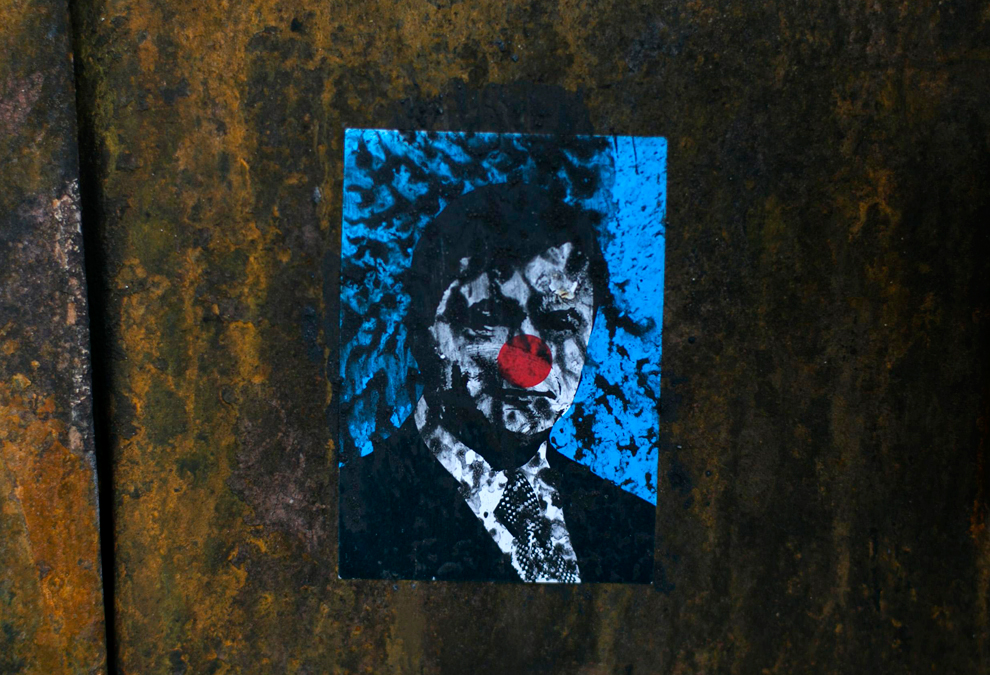
%2c%201866.jpg.CROP.original-original.%20Rue%20de%20Constantine%20(Fourth%20Arrondissement)%2c%201866.jpg)
%2c%201877-78.jpg.CROP.original-original.%20Top%20of%20the%20rue%20Champlain%2c%20View%20to%20the%20Right%20(Twentieth%20Arrondissement)%2c%201877-78.jpg)
%2c%20ca.%201862.jpg.CROP.original-original.%20Banks%20of%20the%20Bie%cc%80vre%20River%20at%20the%20Bottom%20of%20the%20rue%20des%20Gobelins%20(Fifth%20Arrondissement)%2c%20ca.%201862.jpg)
%2c%201865.jpg.CROP.original-original.%20Impasse%20de%20la%20Bouteille%20from%20the%20rue%20Montorgeuil%20(Second%20Arrondissement)%2c%201865.jpg)


%2c%201866-68.jpg.CROP.original-original.%20Rue%20de%20la%20Bu%cc%82cherie%20from%20the%20cul%20de%20sac%20Saint-Ambroise%20(Fifth%20Arrondissement)%2c%201866-68.jpg)
%2c%201863-65.jpg.CROP.original-original.%20Passage%20Saint-Guillaume%20toward%20the%20rue%20Richilieu%20(First%20Arrondissement)%2c%201863-65.jpg)

%2c%201866-67.jpg.CROP.original-original.%20Cour%20Saint-Guillaume%20(Ninth%20Arrondissement)%2c%201866-67.jpg)













































